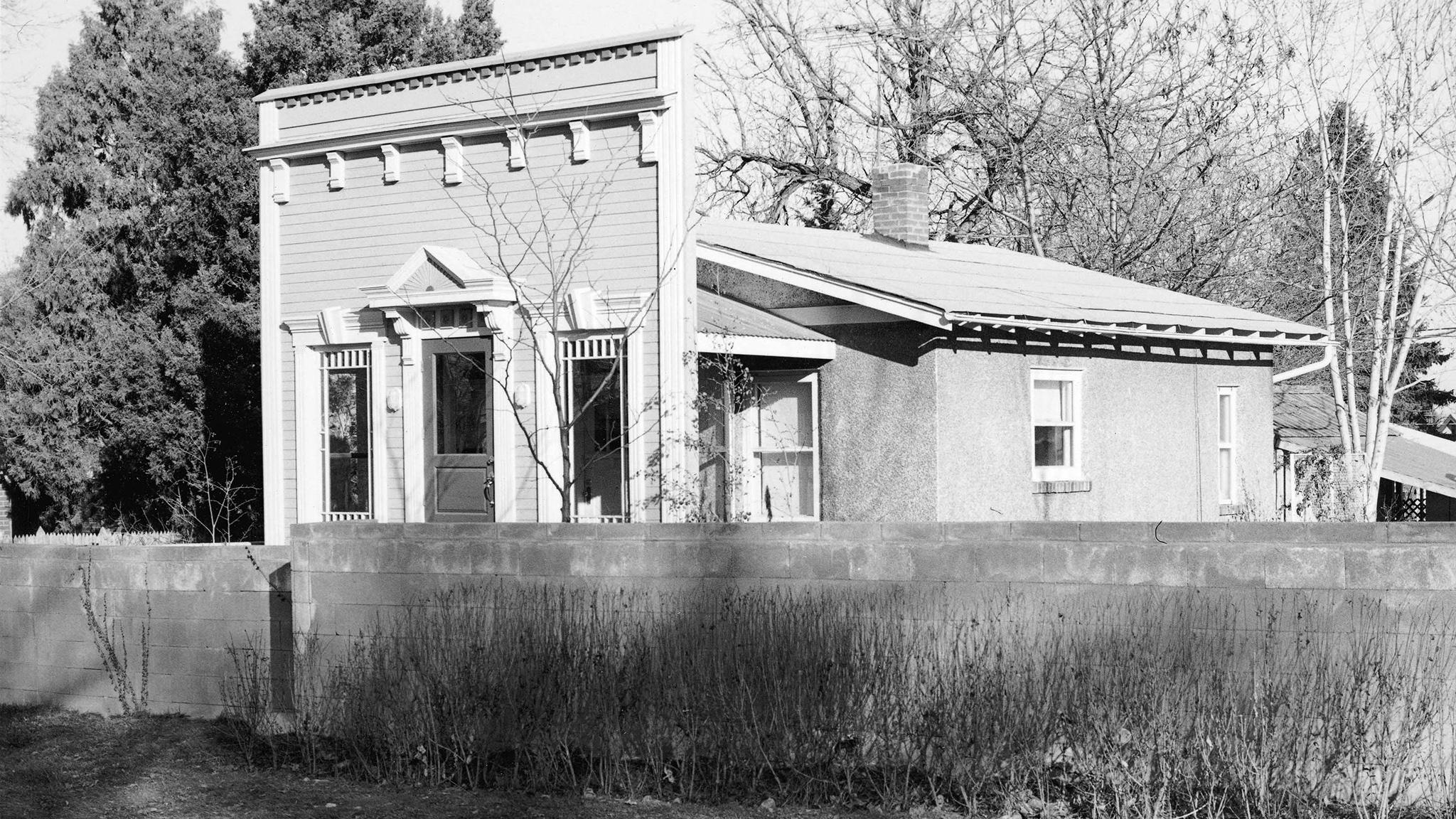Over the last year, we've had a number of readers ask what the deal was with an old-timey wild west facade covering an otherwise normal home at 13th Avenue and Quebec Street.
Most people wanted to know what it was, but the question now is ... what happened to it?
In 2017, Pavlo Angelchev bought the property and he's been slowly working on it over the last year. Angelchev is a construction subcontractor by trade, and he's been doing a lot of the work himself since he moved from the Ukraine to be closer to his grandmother. He said it's been cheaper to fix up the place himself, and he's since finished remodeling the inside.
He decided the house's facade looked pretty old and didn't fit in with his personal aesthetic. He later told us it was in violation of some building codes and dangerously had "nails sticking out every direction." So he got rid of it. He said it ended up in a dumpster.



Local historian Tom Noel, who's known as "Dr. Colorado," said that's too bad.
"That house had a lot of national attention," he said. "It was just cute and kind of a joke."
A photo of the facade appears in his guide to Montclair's historic architecture, although it was never as old as it looked.
The "Italianate front" was a "pretty standard" sight adorning Denver's 1800s-era homes in Curtis Park and Auraria, but that period long ended before the Quebec house was constructed.
Cheryl Solko, who previously owned the home, said she was told the building was constructed to house a caretaker for a nearby farm that predated World War II. She heard the facade went up in 1976 in commemoration to America's bicentennial.
"It was something that absolutely everybody that drove up and down Quebec knew," she said. "I thought it was great and quirky and charming."
She was also sad to learn that the feature was taken down.
Noel, a champion for historic preservation in the city, said the city hasn't done enough to save sites like these.
"You're seeing bungalows and single family homes scraped for slot homes," he said. "With the current administration kind of growth happy, we've lost some landmarks."
He added he wished the city's Blueprint Denver plan contained stronger protections.
He pointed to Country Club Towers, the tall, gleaming apartment complex completed in 2017 near the intersection of Bayaud Avenue and Downing Street: "They're almost a mockery of the fact that there's a historic district there."
Angelchev said he plans to construct a new facade on his new home, but it probably won't look like it came out of a Spaghetti Western.
Update: After this story was published, Angelchev wrote in to clarify that the facade was a safety hazard.












